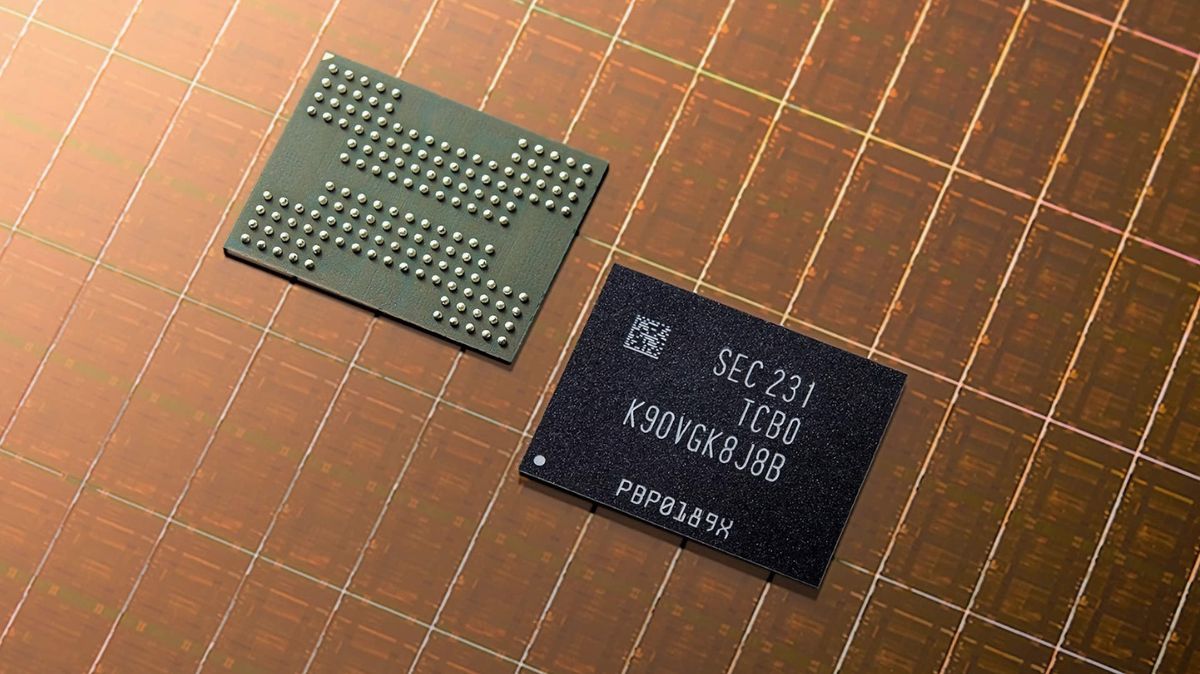
A new class of magnetism called altermagnetism has been imaged for the first time in a new study. The findings could lead to the development of new magnetic memory devices with the potential to increase operation speeds.

The ferroelectric material transistor could be used to make NVMe SSDs last a whole lot longer.

Scientists have designed a first-of-its-kind 3D-printed device that can produce electricity from falling snow. The device designed by U.S. researchers is inexpensive, small, thin and flexible like a sheet of plastic.

Hexagonal Boron Nitride ( hBN ) which is sometimes referred to as ‘white graphene’ and graphene itself are very compatible when layered together, providing advantages in bonding strength.

Greenpeace's Guide to Greener Electronics shows us the winners and sinners in the gadget making business.

Electronic devices that are completely broken down in a biological environment after a pre-defined operating life open up novel applications as well as ways for reducing their ecological footprint.

The work holds promise for eco-friendly disposable personal electronics and biomedical devices that dissolve within the body.

Synthetic biology meets smart manufacturing.

Researchers in Ireland have fabricated printed transistors consisting entirely of 2-dimensional nanomaterials for the first time. This breakthrough could unlock the potential for numerous applications

Researchers report that they have developed a self-healing polymeric material with an eye toward electronics and soft robotics that can repair themselves.

Two-dimensional (2D) semiconductors made of materials such as transition metal dichalcogenides (TMDs) are forming the future of electronic devices.

Microbiologists report that they have discovered a new type of natural wire produced by bacteria that could greatly accelerate the researchers' goal of developing sustainable 'green' conducting materials for the electronics industry.

A team of researchers has recently made a critical breakthrough in the pursuit of flexible electronics. The team successfully developed a high-performance magnetic memory embedded on flexible plastic material.
Science fiction is inching closer to reality with the development of revolutionary self-propelling liquid metals – a critical step towards future elastic electronics.

Developed by Microsoft Research, Wearable Multitouch Interaction turns any surface in the user’s environment into a touch interface. “We wanted to